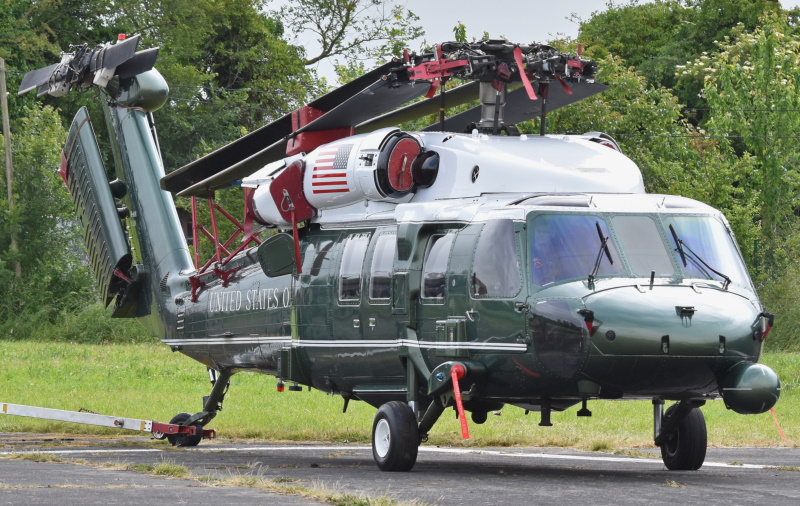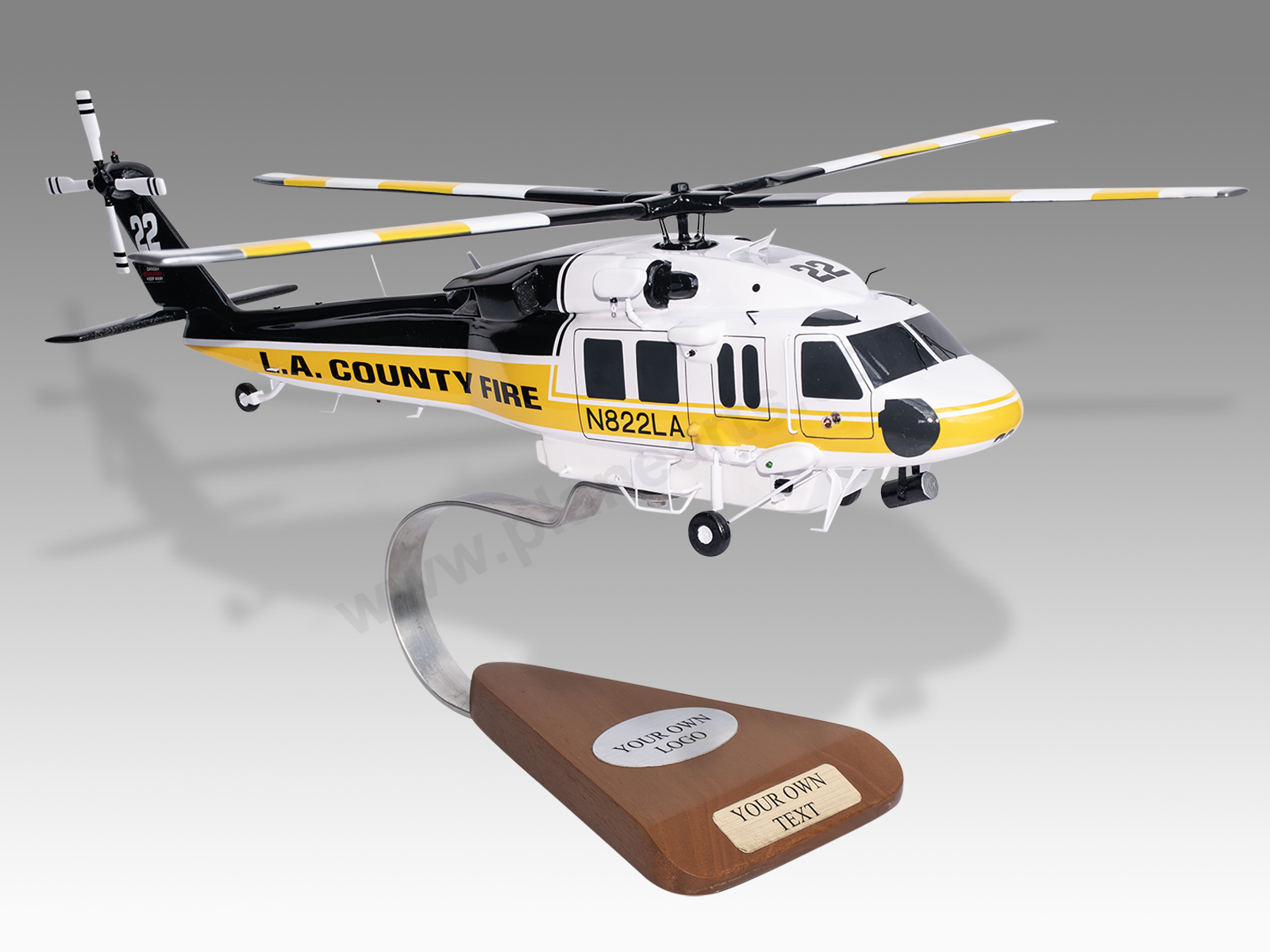How the Sikorsky S 70 Stands Apart in the Helicopter Sector
How the Sikorsky S 70 Stands Apart in the Helicopter Sector
Blog Article
Modernized Vertical Lift Platform With Advanced Compound Frameworks and Enhanced Security Actions
In the world of vertical lift systems, a significant shift in the direction of modernization has actually been observed, driven by the assimilation of advanced composite structures and heightened precaution. These improvements represent a critical evolution in the style and functionality of lift platforms, promising enhanced performance and reliability throughout various markets (sikorsky s 70). As industries pursue better functional accuracy and safety and security standards, the use of composite products and progressed safety functions has actually come to be paramount. In exploring the merging of technology and security in contemporary lift platforms, a compelling story emerges, showcasing the possibility for transformative advancements that deal with the ever-evolving demands of commercial sectors.
Advancement of Vertical Lift Platforms

The development of upright lift platforms can be traced back to fundamental wheel systems and early lift layouts. Gradually, advancements such as hydraulic systems, electrical motors, and progressed control devices have actually greatly enhanced the effectiveness and safety and security of these systems. Producers have actually additionally concentrated on boosting the security, reach, and load-bearing capacities of vertical lift systems to meet the diverse needs of various markets.
Moreover, the combination of smart innovations like sensing units, IoT connection, and automation features has actually even more changed the capabilities of modern-day upright lift systems. These technical improvements not only improve operational performance however likewise ensure heightened safety standards for employees making use of these systems at different elevations. The constant evolution of upright lift systems emphasizes their essential role in enhancing upright wheelchair across markets.
Integration of Advanced Composite Frameworks

Moreover, the use of advanced composite materials permits for more complex and enhanced architectural styles, making it possible for engineers to customize the platform's buildings to satisfy details performance requirements. Overall, the incorporation of innovative composite frameworks in contemporary upright lift systems stands for a substantial development in aerospace innovation, leading to a lot more reliable, trustworthy, and safer aerial transportation systems.
Boosted Precaution Application
Implementing improved precaution is imperative in making sure the optimum efficiency and dependability of modern vertical helpful resources lift systems. These steps incorporate a range of strategies focused on mitigating threats and improving total safety criteria. One vital aspect of improved safety procedures is the assimilation of sophisticated sensing unit innovations to check various specifications in real-time. By utilizing sensors for features such as architectural health tracking, tons surveillance, and environmental noticing, possible hazards can be determined early, enabling for positive maintenance and restorative activities.

Market Applications and Benefits
With advancements in modern technology and design, improved vertical lift platforms have discovered varied applications throughout numerous sectors, offering significant advantages in performance and performance. The construction industry benefits from vertical lift systems by enabling workers to access elevated areas safely and effectively, boosting total project timelines.
Furthermore, vertical lift platforms play a critical role in the maintenance and fixing of infrastructure such as bridges, power lines, and buildings, allowing service technicians to reach hard to reach locations easily (sikorsky s 70). The aviation sector likewise leverages these systems for aircraft maintenance and setting up jobs, improving process effectiveness and making sure worker safety at elevations. On the whole, the extensive adoption of modernized upright lift systems across industries emphasizes their adaptability and index the substantial renovations they bring to different procedures
Future Trends in Lift System Technology
Including innovative automation and intelligent attributes, lift system modern technology is positioned to reinvent upright transport systems in the close to future. One essential fad is the assimilation of Net of Points (IoT) modern technology, allowing lift systems to interact real-time data for predictive maintenance, enhancing performance, and enhancing safety. As lift system modern technology continues to progress, these patterns are set to shape the future of upright transport, making it much more effective, safe, and user-friendly.
Conclusion
Finally, the up-to-date vertical lift system showcases the development of technology in the sector. By integrating innovative composite frameworks and enhanced precaution, this platform supplies enhanced performance and safety and security for numerous applications. The industry can profit considerably from these developments, and future fads in lift platform technology are most likely to continue boosting upon these developments for also special info greater success and effectiveness.
In the world of vertical lift systems, a considerable change towards innovation has been observed, driven by the integration of advanced composite structures and increased safety procedures. The continuous development of upright lift platforms highlights their indispensable function in boosting upright flexibility across markets.

The unification of advanced composite frameworks in modern-day vertical lift systems has actually significantly improved their architectural honesty and performance capacities. By integrating these sophisticated compounds right into the layout and construction of vertical lift platforms, makers can lower overall weight, increase load-carrying ability, and boost the platform's toughness and longevity.
Carrying out improved safety and security measures is essential in making certain the optimal performance and reliability of modern vertical lift platforms.
Report this page